One of the oldest gorillas in the world and a popular fixture at the San Diego Zoo Safari Park, Winston, has died after experiencing a long fight with multiple health problems.
Officials note that Winston was 52 years old and was humanely euthanized on Saturday. The western lowland gorilla was beloved by all and had a strong connection to his zookeepers.
Winston Experienced Several Health Issues
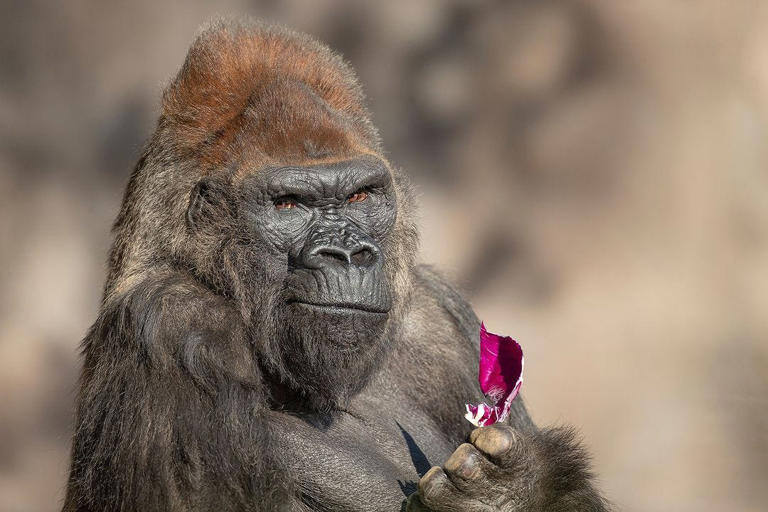
The 52 year old gorilla was experiencing several age-related conditions, such as heart, kidney, and joint diseases. The Safari park officials confirmed on their Instagram account.
Visitors at the Southern California park loved Winston for his gentle temperment and his quirky humor. He was adored by scientists who were able to make several advancements and contributions to the critically endagered species thanks to his help. Winston fathered a total of nine children.
A Very Special Silverback
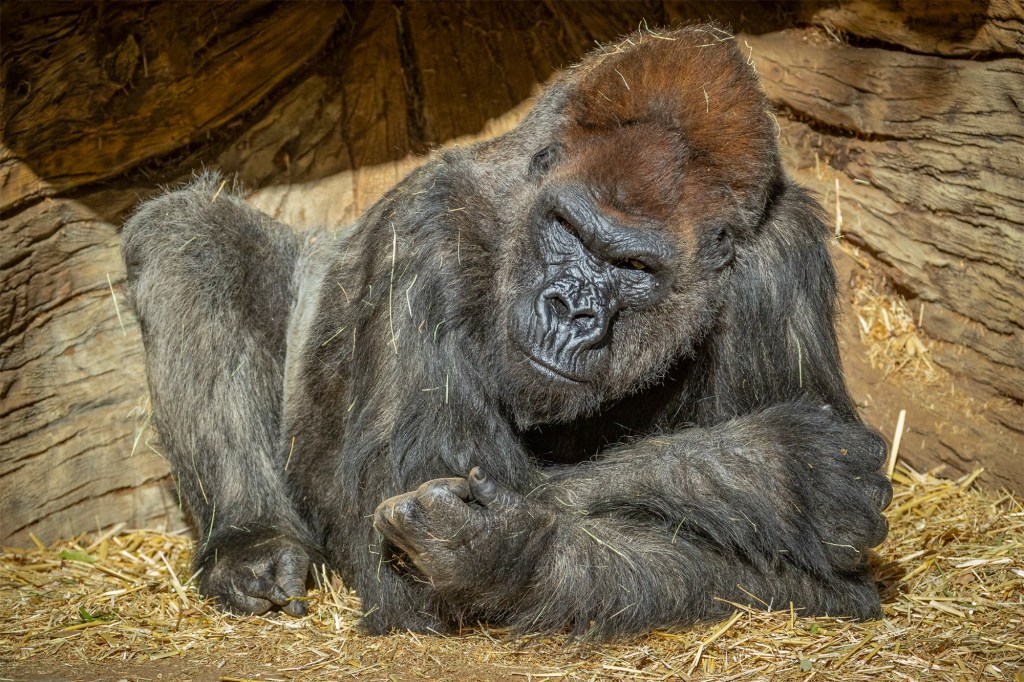
Winston is a silverback, a type of gorilla endemic to Central and Western Africa and thrive in forests and swamps along the Congo river basin.
He also helped raise two unrelated male gorillas, which is a completely unknown behaviour for silverback gorillas, who are typically aggressive and territorial.
Remembered For His Kind Nature
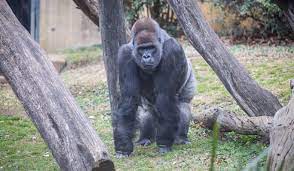
Safari Park officials said, “This gentle giant will be remembered for his quiet strength, easygoing nature and heart of gold. Winston served as the protector of his family.”
He will be remembered as being a kind and gentle leader in his small and tight knit captive family.
A Longer Life Than Most
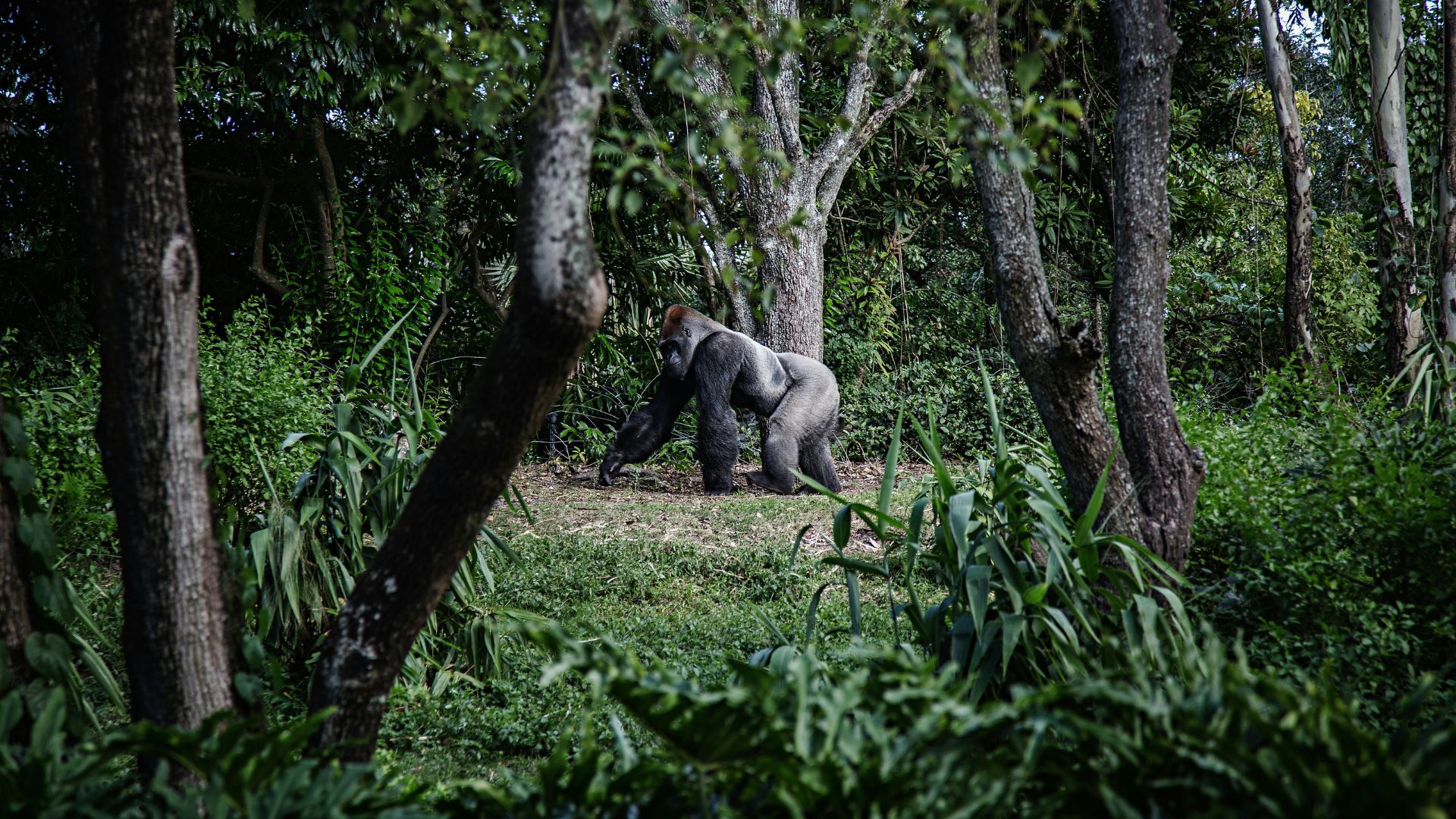
The World Wildlife Fund, a leading conversation nongovernmental organization notes that the western lowland gorillas are critically endangered species.
Although it is unknown how many gorillas are alive today in the wild, scientists estimate that their numbers have fallen by 60% in the past 25 years. In the harsh African jungle, most silverback’s don’t live nearly as long as Winston.
Winston’s History
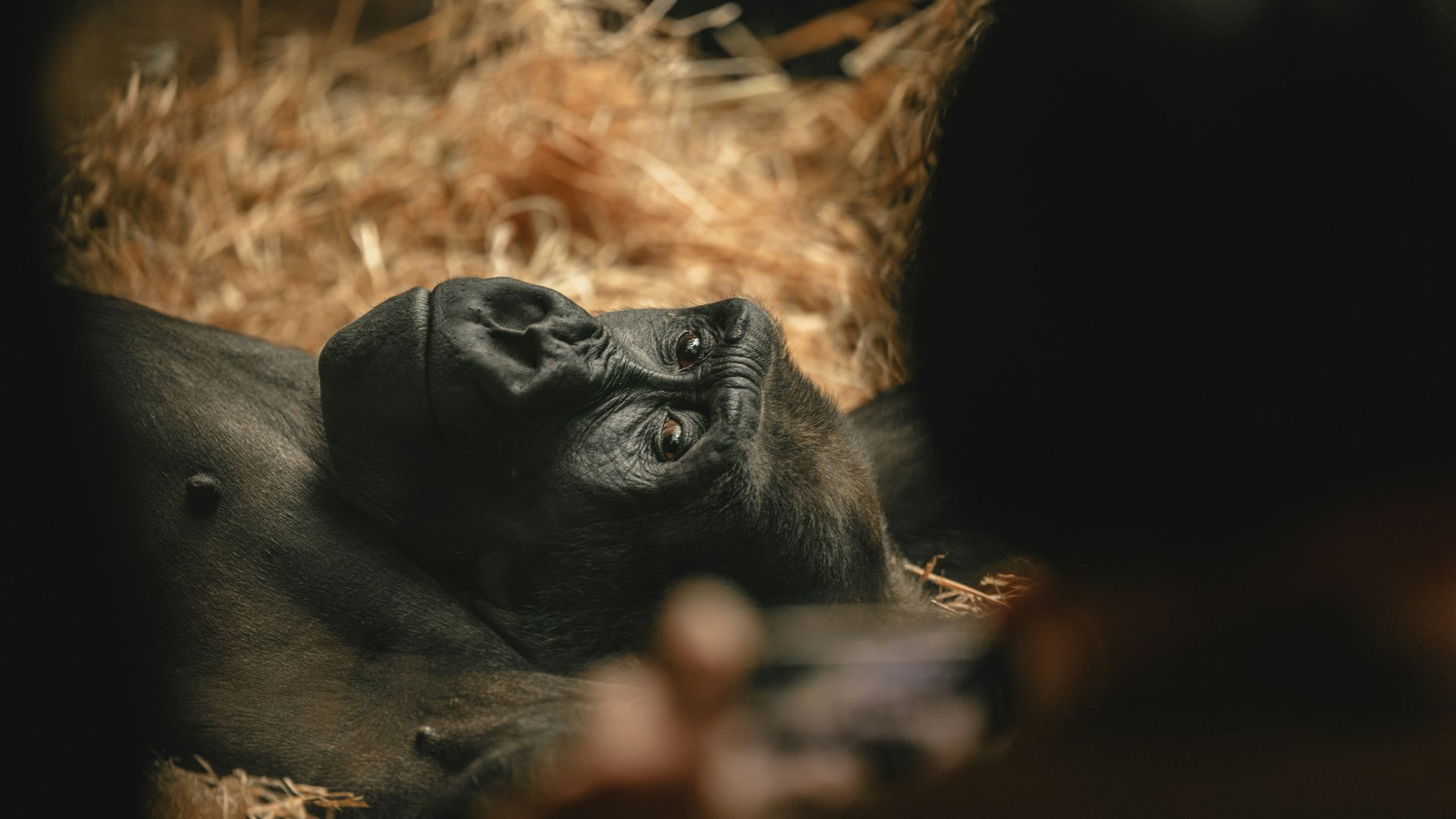
Winston first arrived at the Southern California Zoo back in 1984. He was one of 3,000 animals representing 300 different species at the 1,8000-acre park just outside of San Diego.
The park oversaw a troop of seven gorillas when it opened in 1972.
Health Problems for Years
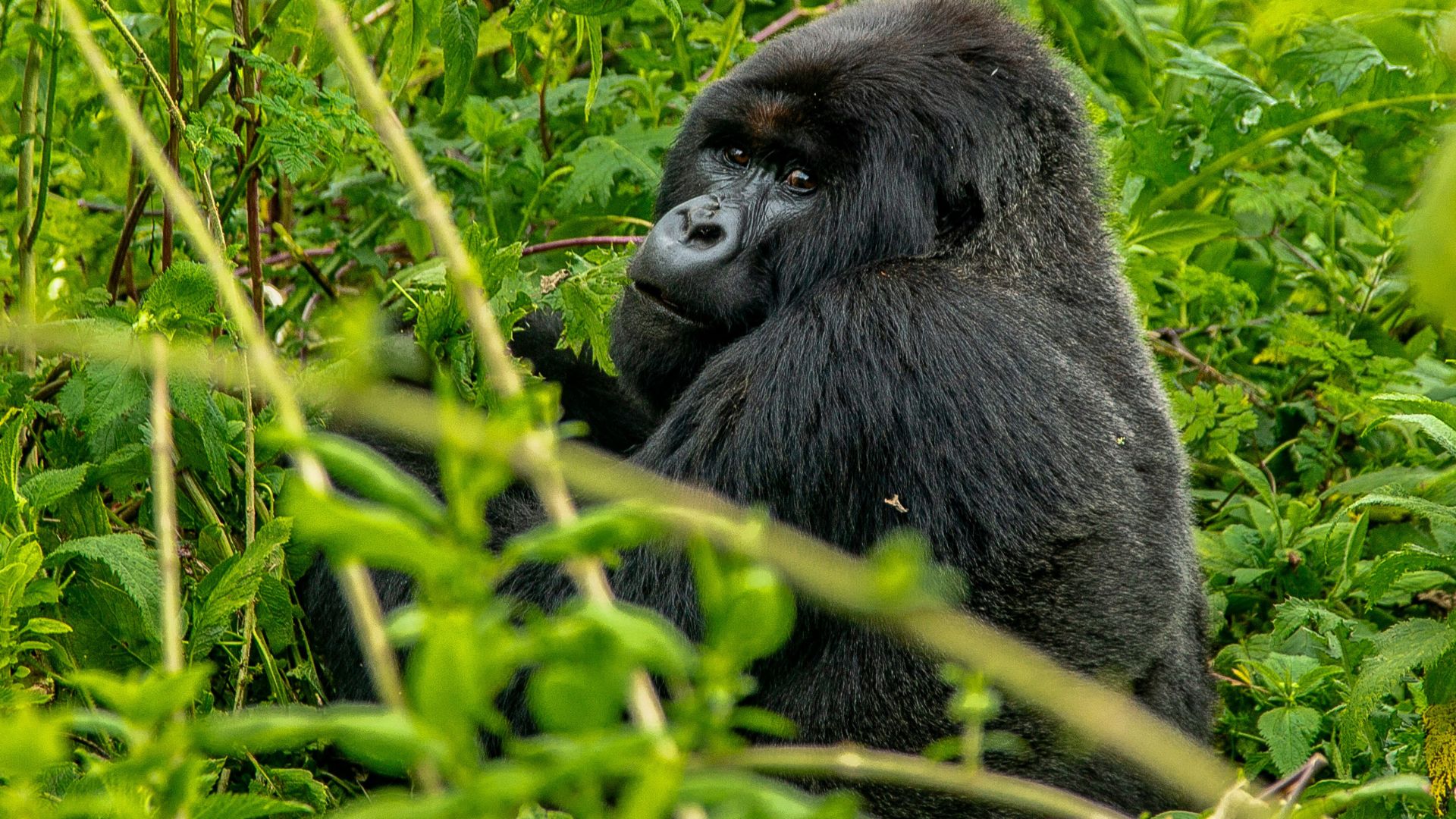
Since at least 2017, Winston has been experience age-related issues. Zookeepers first noticed symptoms of a heart issue and were able to diagnose an early form of cardiovascular disease, which is the most common reason for death in captive gorillas.
Emily Senninger, a zoo spokesperson said, “After careful consideration stemming from furthering complications from his worsening conditions, and with Winston’s quality of life top of mind, wildlife health and care teams made the difficult decision to compassionately euthanize him.”
Wild and Captive Animals Often Experience Different Health Issues

Wild and captive animals often experience very different illnesses and diseases. Part of the reason is that animals in the wild often die younger due to the harsh conditions, fighting for resources with their peers, and being hunted by predators.
It’s possible that if wild gorillas lived as long as Winston, they would also start to experience heart disease. However, the controlled diet and lack of activity can also contribute to more human-like diseases that Winston experienced.
Western Lowland Gorillas
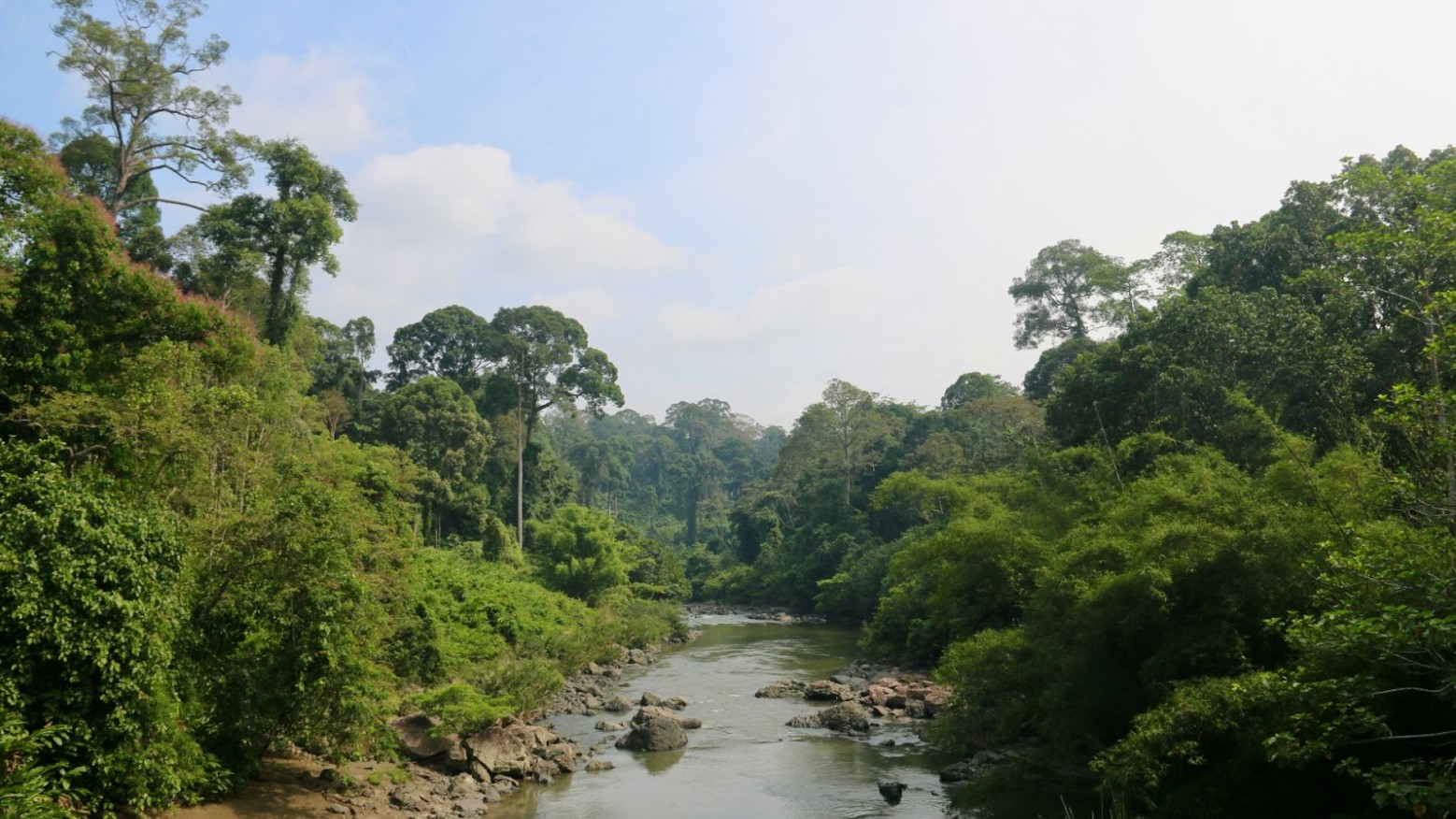
The Smithsonian National Zoo and Conservative Biology Institute notes that western lowland gorillas are the smallest subspecies and are known for being relatively peaceful.
The gorillas naturally inhabit the Congo basin around Cameroon, the Central African Republic, Equatorial Guinea and Gabon.
Winston Was Cool and Popular
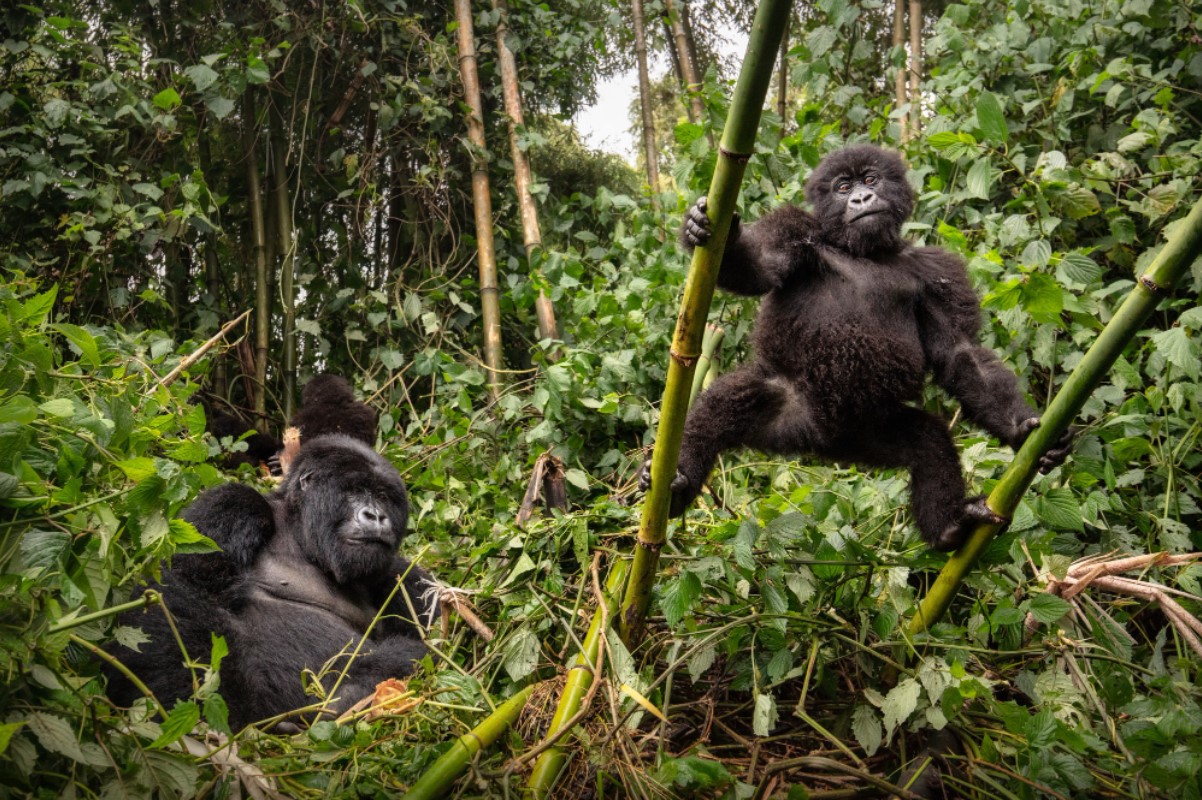
When Winston first arrived from England, where he was raised in captivity, they noticed that he as a mean resting face. However, they soon learned how friendly and inquisitive he was.
He loved eating prunes but refused honeydew melon, and hated getting wet in the rain. Instead of walking through a puddle, he figured out how to lay down a piece of cardboard to walk over it.
Support Online

After Winston’s death was announced online, fans shared their beloved memories and sent support to the zookeepers.
He was especially friendly with small kids who would come through on school tours to the zoo and made friends with all.
Gorillas Are Intelligent and Feel Emotions
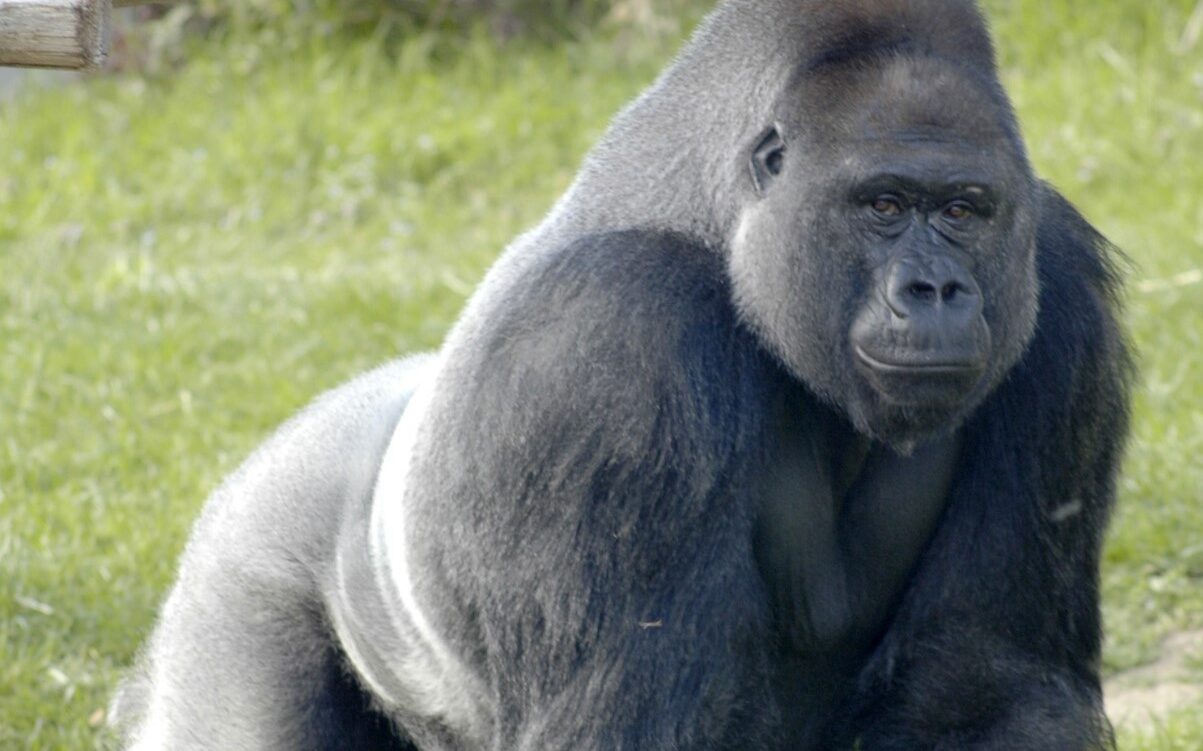
Gorillas share about 98.3% genetic code with humans and although they don’t have the ability to speak, many experts say that they feel the full range of human emotions.
Gorillas and apes can be incredibly intelligent, often learning hundreds of sign language words. Winston will be remembered as a bastion of the scientific community and a helpful figure in repopulating his species.








































